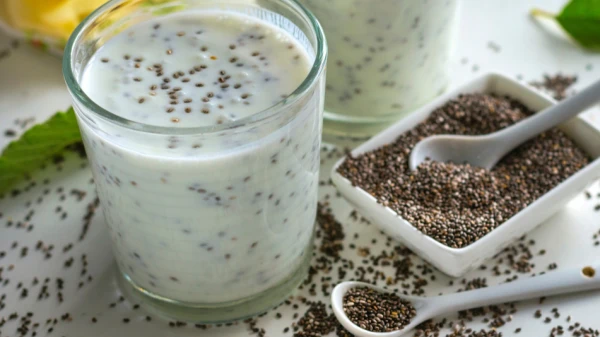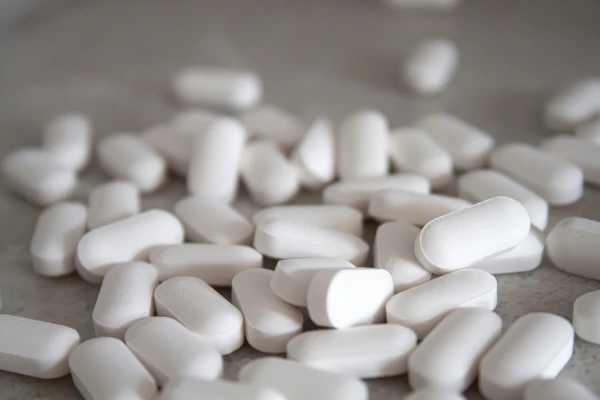
We explain how to wash your hands without harming your skin and how much time is enough for this procedure.
In autumn, many of us face dryness and peeling of the skin on our hands: various stress factors, which increase during the cold season, are to blame. To prevent seasonal colds, we wash our hands more often than usual, thus disrupting their natural lipid barrier. The condition of the skin on our palms worsens due to temperature changes indoors and outdoors, unfavorable weather conditions, uncontrolled use of antiseptics, as well as vitamin deficiencies that many experience in the autumn period.
How to Wash Your Hands Properly?
Every contact with a skin cleanser is a test of endurance. But since giving up hand hygiene is not an option, dermatologists recommend rethinking this routine procedure and making some adjustments.
✔ Let's start with the water temperature: ideally, it should be between 35-37 degrees Celsius. This is a comfortable temperature that does not shock the skin and interacts well with soap, washing away dirt.
✔ Choose cleansing products carefully: it makes sense to avoid alkaline compositions in favor of mild surfactants. Soap with sulfates can also be gentle on the skin, but in this case, its formula should contain powerful nourishing and moisturizing substances – oils, ceramides, plant extracts. The texture of the soap is also important: creamy formulas are preferable for dry hands, while gels are suitable for normal skin.
✔ If everyone at home is healthy, you have come from a walk in the park rather than from a clinic, or you are spending the day at home, use moisturizing soap without antibacterial effects. A healthy microbiota is like a well-tended garden where good bacteria leave no chance for harmful invaders. But when we thoughtlessly use antibacterial products, we disrupt the natural protection, provoking skin reactions that we won't be pleased with.
As for antiseptics – use them wisely, only when water is unavailable, choosing formulas with moisturizing components and definitely restoring the skin with cream after use.
✔ Turn the handwashing process into a mindful ritual lasting 20 seconds. Start with the backs of your hands, thoroughly clean the spaces between your fingers – a favorite spot for bacteria, don't forget about the tips of your fingers and the area under your nails. The movements should resemble a gentle massage, not mechanical friction.
✔ The final touch is the art of drying. Rough towels leave microcracks, so choose soft cotton, microfiber, or disposable paper towels. Pat the skin dry rather than rubbing, paying special attention to the delicate spaces between your fingers.
Get It Done in 60 Seconds
Not only washing hands affects their condition, but also what we do immediately after water procedures. In those 60 seconds while the skin is still damp, it is important to apply a moisturizer – this way, the care will be more effective. Choose a cream with a comfortable texture that you enjoy using throughout the day: thick and rich products can be left on overnight, while light formulas can be used during the day.
For special occasions – for example, if you forgot your gloves and your hands have become chapped and red – there are nourishing homemade masks with avocado and vegetable oil (blend half an avocado with 1 tablespoon of flaxseed or olive oil, apply to hands for an hour, wear plastic gloves on top), as well as the famous "glove method" – applying a thick cream under cotton gloves overnight. All of this works for quick skin recovery, but the main thing is to rethink the systematic approach to handwashing – and to their regular subsequent moisturizing.















Leave a comment